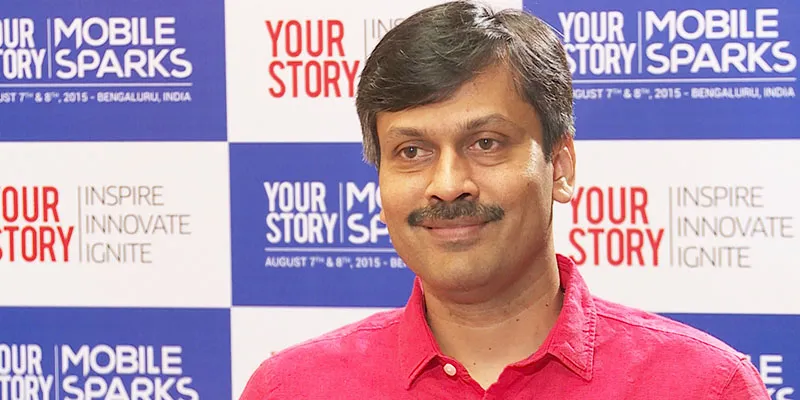Indian advertisers are missing the potential of mobile advertising with their low budget allocation
There has never been a piece of technology in human history ownership numbers for which has surpassed the human population itself. At seven billion users, the mobile may claim to have the most stupendous popularity and utility in its fleet. Yet, we are faced with a conundrum - advertisers and brands are shelling out a paltry proportion of their advertising budget to advertise on this leading vehicle of communication.

Milind Pathak, COO at Madhouse Media Ltd., tries to get to the bottom of this dilemma in the Indian context, at YourStory's MobileSparks 2015.
Statistics at Loggerheads:
Largely, Indian brands choose to advertise through television, print, radio, online and mobile. Looking purely at the numbers, compared to the readership and viewership of print and television respectively at 34 to 35 million, the penetration of the mobile is nearly 10 times that figure, at 300 million. All urban Indians are "connected Indians", which essentially means they own technology with internet access. This connected urban population exceeds the entire population of USA. The average Indian spends 6.1 hours consuming media per day, and browsing on cellphones and tablets constitutes 45 per cent of that duration.
Ad spend just two per cent of budget
As of this year, the total ad spend by brands on mobile advertising is merely 2 per cent of the entire advertising budget, on the same platform that reaches more than 50 per cent of potential clients and consumers.
"Linking that to the way companies and brands are utilising this data to reach out to their consumers, the volume is minuscule" says Milind.
The Mobile is an Ecosystem:
While other media only embed one aspect of communication - visual, textual or auditory - the mobile medium is ubiquitous in that regard, giving an advertiser a plethora of presentations to choose from. Besides, mobiles break into the seemingly one-sided feel of ads, by enabling interactions and conversations.
Interruption Vs. Innovation:
Why, then, does India display this paradox? Even as the ubiquity of the medium has been discussed extensively, Milind thinks its scope hasn't been fully explored and exploited by the Indian advertiser and facilitating agencies. "The shift from interruption to innovation is key," Milind says. While no one would think twice before skipping a YouTube ad - an interruptive, direct, conventional advertisement- one wouldn't even realize they have clicked an ad, when an e-commerce company like Amazon does it in the form of 'you may also like,'- subliminal and innovative advertising, possibly inducing point of purchase and point of discovery purchases, even as you shop for something you may have exactly intended.
"In India, mobile advertising has been very banner and interstitials oriented, and that's why it has failed to take off."
Indic advertising:
Advertising, as a whole, might be incurring multiple redundancies due to shortsighted targeting. Only 125 million people in India speak English. Yet, ads for products and services completely designed and scripted in the English language show up in regional and vernacular newspapers, failing to convert consumers of the advert into consumers of the product. Thus, Indic Advertising is the need of the hour in Indian advertising, which mobiles and the empirical data they collect at scale may help drive.
Ideal, and Only Nexus to Gen-Next.
Giving the example of his own 15-year-old daughter, Milind explains how her entire media consumption revolves around social media, entertainment and news apps. And, conversely, her social media profiles are the window to her complete world of likes, dislikes and preferences. To her generation, television, radio and newspapers are an obsolete universe. Thus, resorting to optimum mobile advertising might be the only way of tapping this influential audience.
"The audience has clearly moved on to their mobiles, and you don't want to miss that bus," concludes Milind.







